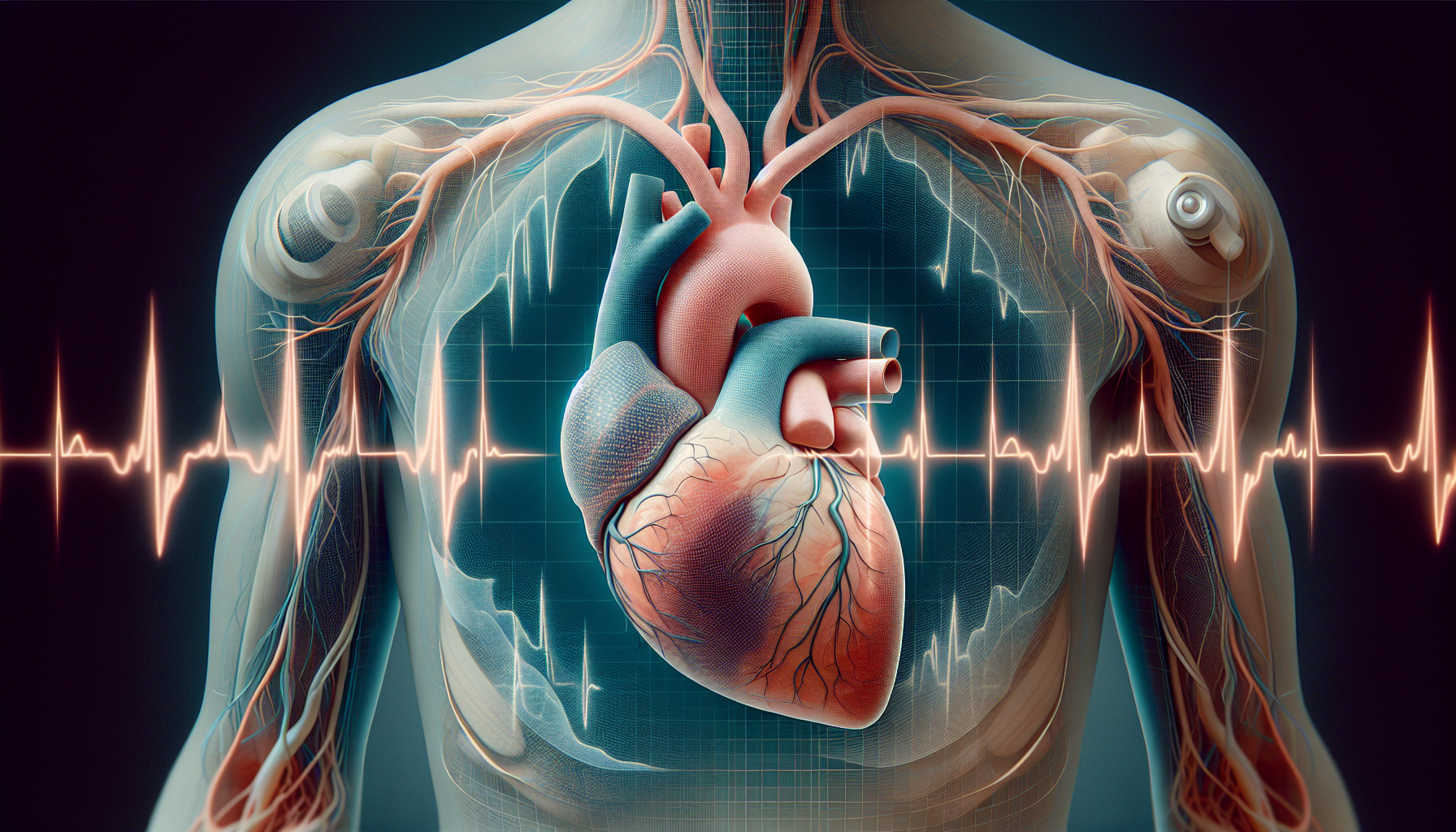Heart disease remains a leading cause of death worldwide. Among its most stealthy and dangerous manifestations is the silent heart attack, a condition that often goes unnoticed and untreated. This comprehensive exploration aims to shed light on the nature of silent heart attacks, their consequences, and strategies for prevention and management.
What is a Silent Heart Attack?
A silent heart attack, medically known as a silent myocardial infarction (SMI), occurs when the blood flow to a part of the heart is temporarily blocked without causing typical heart attack symptoms. This lack of recognizable symptoms leads many to overlook the urgent medical care they require, often resulting in undiagnosed heart damage.
Why Silent Heart Attacks Go Unnoticed
The reasons for the absence of symptoms during an SMI are not entirely clear but may be related to varying pain thresholds and the presence of conditions like diabetes, which can impair sensation. Additionally, some individuals may experience symptoms so mild that they are mistaken for non-cardiac issues.
Recognizing the Signs
While silent heart attacks may not present the dramatic scenes we’re accustomed to seeing in media, some subtle signs can include:
- Discomfort in the chest, arms, or jaw that seems fleeting or mild
- Unexplained fatigue or weakness
- Indigestion or heartburn-like sensations
- Shortness of breath
These symptoms should never be dismissed, especially in individuals with risk factors for heart disease.
The Aftermath of a Silent Heart Attack
The consequences of silent heart attacks are as serious as those of recognized heart attacks. They can lead to heart failure, arrhythmias, and increased risk of subsequent heart attacks. The damage may only be detected through cardiac imaging tests or electrocardiograms (ECGs) performed for other reasons.
Risk Factors and Prevention
Risk factors for silent heart attacks align with those of heart disease in general, including high blood pressure, high cholesterol, obesity, smoking, and family history. For more detailed information on cardiovascular health and risk factors, visit our dedicated section.
Prevention strategies are akin to those recommended for general heart health:
- Maintaining a healthy diet
- Engaging in regular exercise
- Controlling blood pressure and cholesterol levels
- Avoiding tobacco and managing stress
Diagnosis and Management
Diagnosing an SMI often occurs incidentally during routine health checks or investigations for other conditions. If a silent heart attack is suspected or identified, treatment typically involves the same approaches as for a typical heart attack, which may include medication, lifestyle changes, and possibly surgical interventions like angioplasty or bypass surgery.
The Role of Lifestyle Post-Heart Attack
Post-heart attack care is crucial for recovery and prevention of future cardiac events. Adopting heart-healthy lifestyle changes is a cornerstone of this process. To understand the importance of these changes, a deeper dive into lifestyle adjustments after a cardiac event can offer valuable insights.
Advancements in Cardiac Care
Medical science continues to evolve, offering new hope for those affected by heart disease. Innovations in non-invasive surgery are particularly promising, allowing for more patients to receive effective treatment with reduced recovery times. For more on these advancements, explore the latest in non-invasive cardiac care.
Importance of Education and Awareness
Raising awareness about silent heart attacks is critical. Educational initiatives can equip individuals with the knowledge to recognize potential symptoms and understand the importance of regular health screenings. For more on the role of education in heart health, read about heart health awareness.
External Resources for Further Reading
For those seeking more detailed information on silent heart attacks and related topics, the following resources offer valuable insights:
- A scholarly article on the prevalence and outcomes of silent myocardial infarctions from the American Heart Association.
- The National Heart, Lung, and Blood Institute provides thorough information on heart attacks, including silent ones.
- An in-depth review of the pathophysiology of myocardial infarction from the New England Journal of Medicine.
- The Mayo Clinic offers a patient-friendly primer on heart attack symptoms and care.
Conclusion
Silent heart attacks pose a quiet threat to cardiovascular health, often leaving their mark unnoticed until significant damage has occurred. Understanding the risk factors, recognizing the subtle signs, and adhering to a heart-healthy lifestyle are key to prevention and management. With ongoing advancements in cardiac care and a strong emphasis on education, we can improve the detection and treatment of this silent adversary. Remember, the best defense against silent heart attacks is a proactive approach to heart health, regular medical check-ups, and an informed, vigilant response to any unusual physical symptoms.



